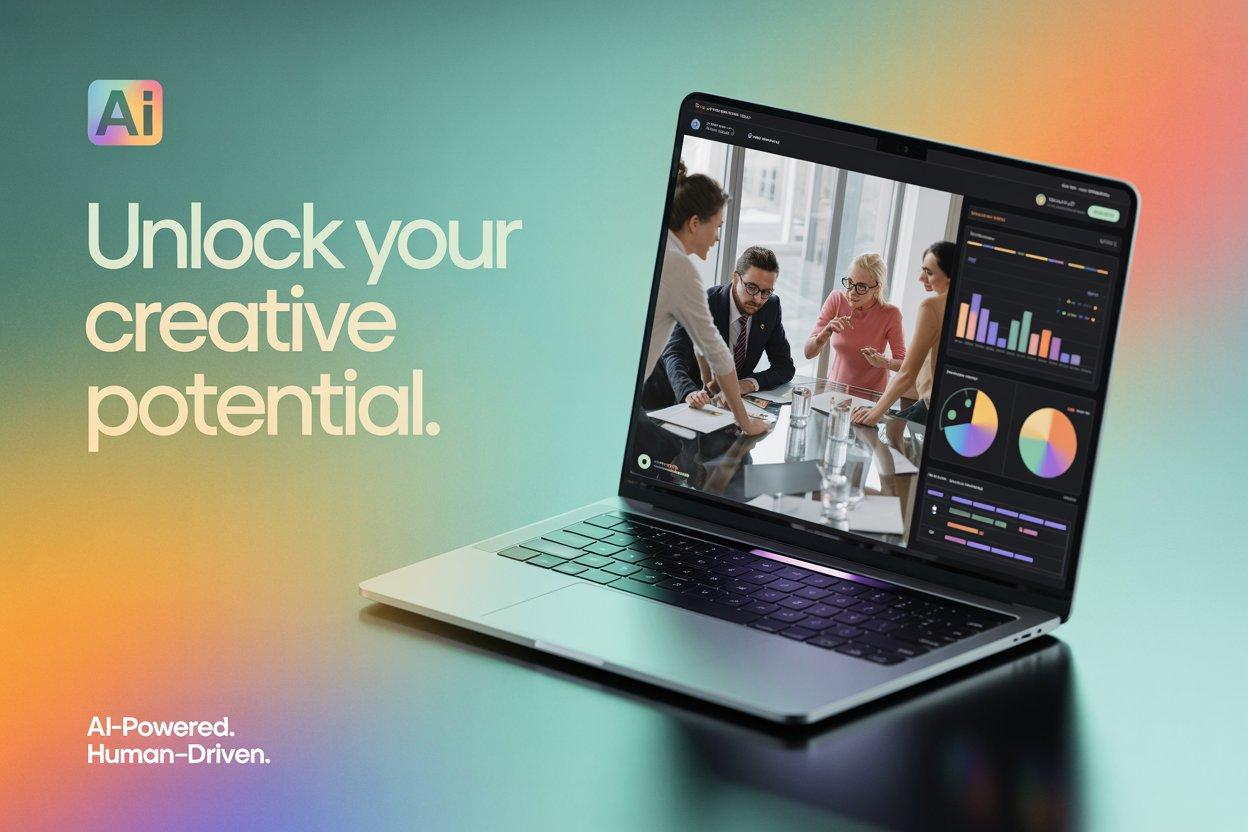Bridging the Digital Divide: Global initiatives Making an Impact
In an increasingly digital world, access to the internet and technology is not a luxury—itS a necessity. Yet, billions of people worldwide remain disconnected due to challenges like poverty, lack of infrastructure, and digital literacy gaps. This phenomenon, known as the digital divide, is a critical barrier to educational opportunities, healthcare access, and economic growth. Luckily, a surge of global initiatives is making remarkable strides in bridging the digital divide, changing lives and communities for the better.
understanding the Digital Divide
The digital divide refers to the gap between those who have easy access to internet and digital technologies and those who do not. This divide can exist between countries, regions, or even within cities. It is influenced by factors such as:
- Economic barriers and affordability
- Geographical remoteness (rural vs.urban disparity)
- Educational and digital literacy gaps
- Infrastructure limitations
- Social and cultural factors
Recognizing the multifaceted nature of the digital divide is essential for meaningful, sustainable solutions.
Why Bridging the Digital Divide Matters
Bridging the digital divide holds the key to:
- Economic empowerment: Unlocking e-commerce, job opportunities, and digital skills for growth.
- Education for all: Giving every child access to online learning resources.
- Healthcare advancements: Supporting telemedicine and health-related data access, especially in remote areas.
- Social inclusion: Enabling full participation in society, strengthening voices and connections.
- global innovation: Fueling local problem-solving and fresh perspectives in digital transformation.
Global Initiatives Making a Difference
A multitude of organizations and governments have launched impactful digital inclusion programs addressing access, affordability, and digital literacy.
Hear are some of the most meaningful global initiatives bridging the digital divide:
1. Digital Opportunity Trust (DOT)
DOT empowers underserved young people and women by equipping them with digital and entrepreneurial skills. Operating in over 25 countries, DOT’s peer-to-peer training model facilitates local ownership and community-driven digital adoption.
2. ONE Campaign’s Digital Inclusion Program
ONE advocates policy changes in africa to ensure affordable internet for all. They collaborate with governments and private tech giants to push for infrastructural investments,lower data costs,and gender inclusion in technology.
3. Microsoft’s Airband Initiative
Microsoft’s Airband Initiative aims to extend broadband access to underserved rural communities worldwide. By partnering with local ISPs and leveraging innovative wireless technologies, they’ve connected millions in the U.S., Latin America, and Africa.
4. Google’s Project Loon (Now Part of Project Taara)
Project Loon used high-altitude balloons to deliver internet to remote regions,as demonstrated in Kenya. Now, Project Taara uses laser beams for high-speed internet, focusing on bridging connectivity gaps in challenging terrains.
5. UNESCO’s Global Education coalition
Launched during the COVID-19 pandemic, this coalition brings together public and private entities to ensure continuous learning via digital technologies for students affected by school closures.
6.Alliance for Affordable Internet (A4AI)
A4AI campaigns globally for affordable broadband. By providing policy advice, technical support, and research, A4AI has influenced data pricing and expanded internet access in dozens of developing countries.
Case Studies: Digital Inclusion in Action
Connecting Rural India: BharatNet
India’s BharatNet program aims to connect over 250,000 rural villages with high-speed broadband. By leveraging fiber-optic networks and community Wi-Fi, millions have gained access to online services, remote work, and telehealth.
Transforming Education in Kenya: eLimu
eLimu, a Kenyan ed-tech social enterprise, provides affordable digital learning tools to primary school students.Its apps (often pre-installed on low-cost tablets) have improved literacy and numeracy rates in marginalized communities.
Latin America’s Rural Connectivity: Internet Para Todos
A collaboration between Telefónica, Facebook, and local governments in Peru and Colombia, Internet Para Todos uses 4G technology to connect thousands of rural villages, focusing on affordability and local partnerships.
Africa’s Solar-Powered Internet Kiosks
Organizations like BRCK and Mawingu Networks deploy solar-powered Wi-fi kiosks in off-grid African communities. These hubs provide not only internet but also charging stations and digital skills workshops.
Benefits of Bridging the Digital Divide
- Accelerated economic growth and job creation in underserved areas
- Improved quality of education and lifelong learning opportunities
- Increased access to healthcare, government services, and disaster information
- Greater civic participation and informed citizenry
- Enhanced gender equality and marginalized groups’ empowerment
First-Hand Experiance: The Life-Changing Power of Connection
“Before our village had Wi-Fi, my children had never used a computer.Now, they can attend online classes, talk with relatives in the city, and dream bigger than ever before.”
— Sara K., farmer and mother, rural Kenya
Practical Tips: How Individuals and Organizations Can Help Bridge the Gap
- Support digital literacy initiatives: donate devices or volunteer for local workshops.
- Advocate for affordable internet: Encourage policymakers and service providers to expand low-cost data plans.
- Promote inclusive technology: Design websites and applications accessible to those with limited skills or bandwidth.
- Partner with global NGOs: Corporations and local communities can collaborate to leverage resources and expertise.
- Share knowledge: If you’re an educator or tech professional, mentor others or create open educational resources.
Overcoming Challenges and Looking Ahead
While global progress is encouraging,persistent challenges remain:
- affordability: Devices and data plans are still costly for the world’s poorest.
- Gender gap: women in many regions are less likely to have digital access.
- Political and regulatory barriers: Infrastructure development can be slowed by red tape.
- Need for localized solutions: One-size-fits-all programs rarely address unique cultural or geographical needs.
The future of digital inclusion lies in public-private partnerships, community ownership, and ongoing technological innovation.
Conclusion: Toward a more Connected World
Bridging the digital divide is essential for building equitable, prosperous, and innovative societies. Thanks to global initiatives and local efforts, millions now have newfound opportunities—but there is still more work to be done.
Whether you’re an individual, business, or policymaker, you have a role to play. By supporting digital literacy, advocating for affordable and inclusive internet, and championing local solutions, you can help close the gap and empower the next generation for a brighter, more connected future.

